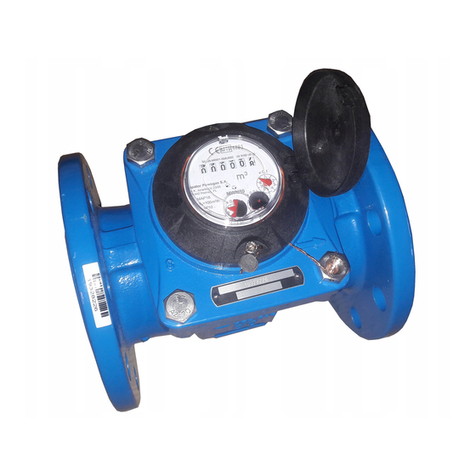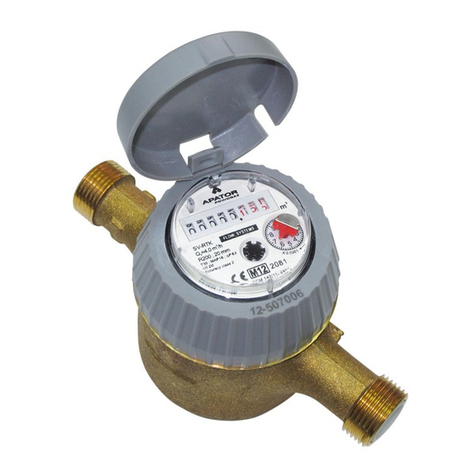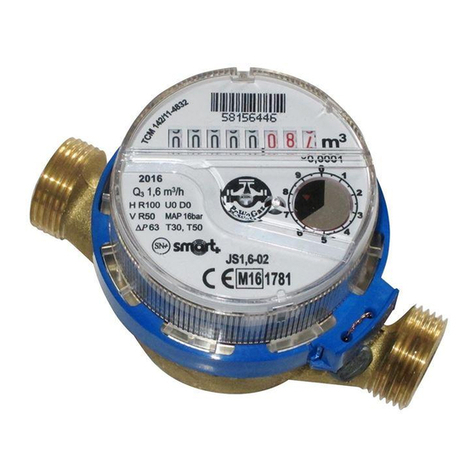
2018-05-09 - 2 -
Contents
1. Application ................................................................................................................................................................................................ 3
2. Specification ............................................................................................................................................................................................. 6
3. Operating principle.................................................................................................................................................................................... 9
4. Marking and sealing.................................................................................................................................................................................. 9
4.1. Marking..................................................................................................................................................................................................... 9
4.1.1. Calculator ................................................................................................................................................................................................. 9
4.1.2. Flow sensor .............................................................................................................................................................................................. 9
4.2. Security seals ........................................................................................................................................................................................... 9
5. Installation .............................................................................................................................................................................................. 10
5.1. Basic requirements................................................................................................................................................................................. 10
5.2. Electrical wiring....................................................................................................................................................................................... 10
5.2.1. Temperature sensors connection ........................................................................................................................................................... 10
5.2.2. Installation of expansion modules in the calculator................................................................................................................................. 11
5.2.3. Installation of the M-Bus module ............................................................................................................................................................ 11
5.2.4. Installation of the radio wM-Bus module................................................................................................................................................. 11
5.2.5. Installation of the Modbus / BACnet module........................................................................................................................................... 12
5.2.6. Installation of the external power supply module.................................................................................................................................... 13
5.3. Mounting................................................................................................................................................................................................. 14
5.3.1. Mounting of calculator............................................................................................................................................................................. 14
5.3.2. Mounting of flow sensor.......................................................................................................................................................................... 15
5.3.3. Mounting of temperature sensors ........................................................................................................................................................... 16
5.4. Setting up the jumper.............................................................................................................................................................................. 16
5.5. Verifying the installation and configuration ............................................................................................................................................. 17
5.6. Sealing after the installation.................................................................................................................................................................... 17
6. Operation................................................................................................................................................................................................ 17
6.1. Operating the LCD display...................................................................................................................................................................... 17
6.2. Display functions..................................................................................................................................................................................... 17
6.3. Menu structure........................................................................................................................................................................................ 18
6.3.1. Viewing the readings in normal mode (user's menu).............................................................................................................................. 18
6.3.2. Test mode reading display (service menu)............................................................................................................................................. 24
6.3.3. Error codes ............................................................................................................................................................................................. 25
6.4. Test mode............................................................................................................................................................................................... 26
6.4.1. Destination of connector configuration pins............................................................................................................................................ 26
6.4.2. Activating test mode (verification)........................................................................................................................................................... 26
6.4.3. Deactivating test mode ........................................................................................................................................................................... 27
6.5. Remote data reading .............................................................................................................................................................................. 27
7. Metrological verification .......................................................................................................................................................................... 27
8. Storage and transport requirements ....................................................................................................................................................... 27
9. Warranty ................................................................................................................................................................................................. 28
10. Appendix A ............................................................................................................................................................................................. 28
11. Appendix B ............................................................................................................................................................................................. 30
12. Appendix C ............................................................................................................................................................................................. 35






























